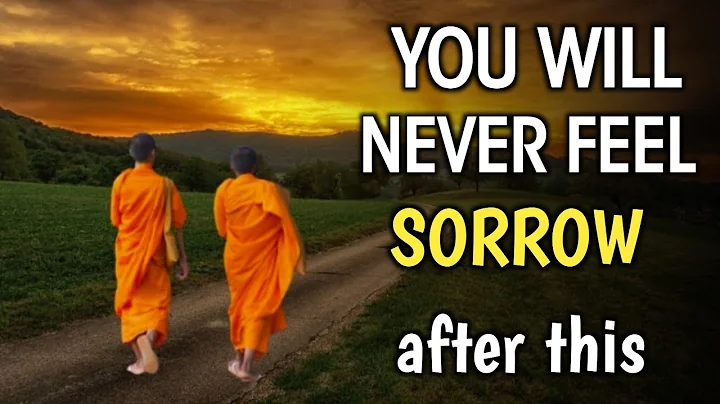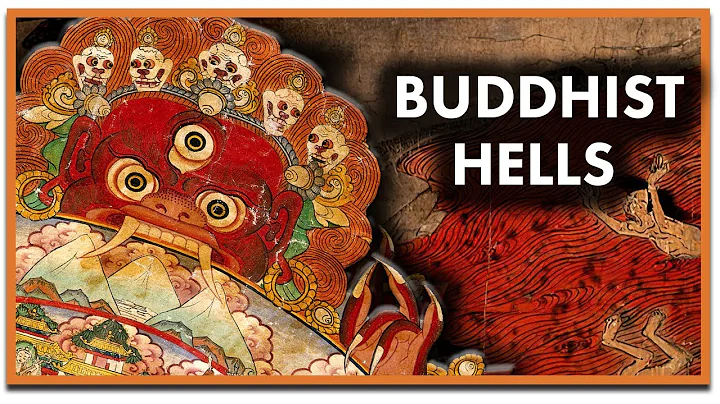translates two hundred and sixty Chinese characters, summarizing the essence of Buddhist classics; writing two hundred and sixty Chinese characters reflects the piety of Buddhist disciples. Buddhist disciples of the past are convinced that writing the "Heart Sutra" is of supreme merit, from the emperor to the novice . All of them have made painstaking efforts to write the "Heart Sutra" by hand.

The full name of "Heart Sutra" is "Maha Prajna Paramita Heart Sutra", abbreviated as " Prajna Heart Sutra" and "Heart Sutra", which are the most influential works in the Buddhist scriptures with the least number of words. The "heart" ( Sanskrit hrdaya) refers to the heart, which means essence and heart. This sutra condenses the huge content of Prajna to a concise classic that expresses the spirit of "Prajna is empty". The entire sutra lists , five aggregates, three branches, twelve karma, four truths, etc., to summarize the various methods. The truth of nothingness. As of Song Dynasty , there are at least 11 versions of "Heart Sutra" that can be tested and 9 copies are in existence. Among them, the translation of Master Xuanzang is the most widely spread. This book omits the preface and so on, and only retains the authentic part. The full text is only 260 words, and the words are fluent and easy to read. However, the content of its translation is different from the Sanskrit text seen today in about 20 places.
1. Jin Wang Xizhi "Heart Sutra" calligraphy

Wang Xizhi (303-361), with few characters, known as the "Sage of Linyi" in Langya.
Wang Xizhi's travel script is unique in the world, and no one has been able to match it since ancient times. The collection of Wang Xizhi's "Heart Sutra" is a collection of words from Wang Xizhi's works. The words are classic, handsome and handsome, and the structure is strict. It is an excellent model for learning running script.




Second, Ouyang Xun Tang "Heart Sutra" calligraphy

Ouyang Xun (557-641 ),The letter of the word, a native of Tanzhou Linxiang (now Changsha), one of the "Four Masters of Regular Script". The Heart Sutra written by Ouyang Xun was rumored to have been completed in the famous temple Bailu Temple, which gave this calligraphy classic a strong cultural imprint.



three, Yuan Zhao Mengzi _span0_img 125 "Heart Sutra 5 _span0_img" p0 125
People, "one of the four masters of regular script."
Zhao Mengfu is erudite and talented, can be good at poetry, economics, calligraphy, fine painting, good at gold and stone, general rules and lv, understand and appreciate. Especially with calligraphy and painting the highest achievement. In painting, he created a new style of painting Yuan Dynasty , known as "The Crown of the Yuan Dynasty"; Zhao Mengfu is also good at seal, official, true, xing, cursive script , especially for regular script and running script. The style of his book is charming and beautiful, the structure is strict, and the brushwork is well-rounded. He created the "Zhao-style" book, which is also called "the four masters of regular script" with Ouyang Xun, , Yan Zhenqing , Liu Gongquan .






four Ming Wen Zhengming "Heart Sutra" calligraphy

Wen Zhengming (1470-1559),Zi Zhengming, born in Changzhou (now Suzhou), Ming Dynasty Famous calligrapher, painter and poet in the middle period.
has not yet seen the regular script "Heart Sutra" by Wen Zhengming in publications, but it is not uncommon at auctions of Chinese paintings and calligraphy held by major domestic auction companies.



the only way the Heart Sutra free time soon - Xing Kai Wen Zhengming Heart Sutra


V. Ming Dong Qichang Heart Sutra Calligraphy

Ming Dong Qichang (1555-1636), a native of Huating (now Songjiang, Shanghai), famous calligrapher in late Ming Dynasty, calligraphy and painting theorist0p
Official to the Ministry of Ritual Shangshu, Prince Taibao, posthumous posthumous title Wenmin. His painting style is remarkable, he is the leader of the " Huating School ", and he is well appreciative, rich in collection, and rich in works on calligraphy and painting theory. 







.







![[English] Who Am I - Lecture 1 - Ven. Guan Cheng - DayDayNews](https://i.ytimg.com/vi/KU0fUs2It5o/hq720.jpg?sqp=-oaymwEcCNAFEJQDSFXyq4qpAw4IARUAAIhCGAFwAcABBg==&rs=AOn4CLDFpQUN_QwRfC7bmP4sUadq-RcYdg)
![A Moving Masterpiece 清明上河图 [English narration] - DayDayNews](https://i.ytimg.com/vi/kxff-4GktOI/hqdefault.jpg?sqp=-oaymwEcCOADEI4CSFXyq4qpAw4IARUAAIhCGAFwAcABBg==&rs=AOn4CLBtHGLeUpJNCYDJYnZTuISQ1N5Vag)


